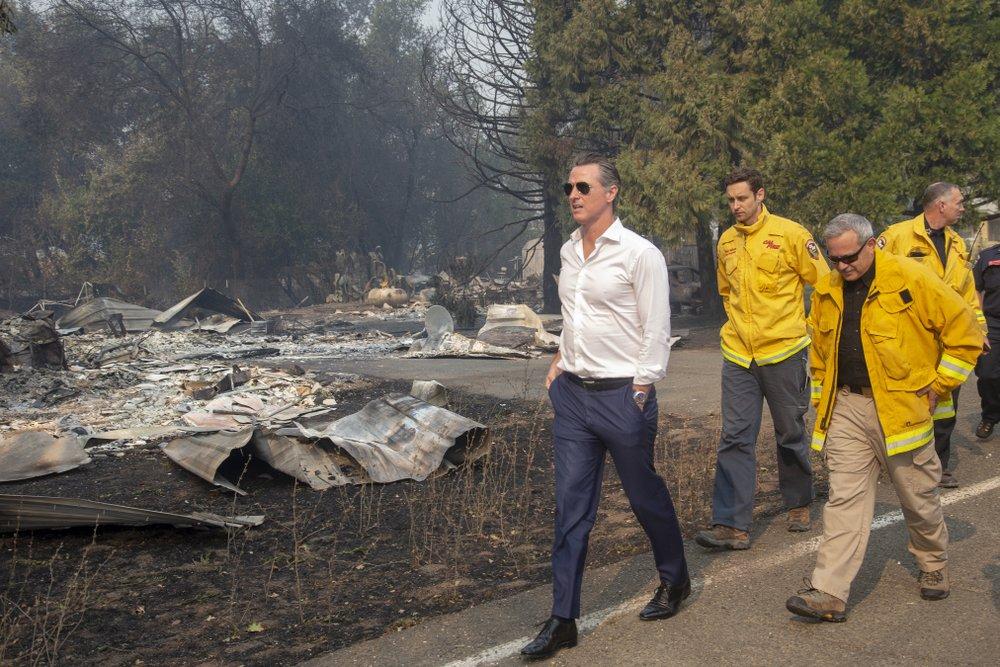A Reuters poll found recently that most economists believe the U.S. economy is most likely headed for a “U-shaped” recovery, although the economic recession caused by the CCP (Chinese Communist Party) virus—commonly known as the novel coronavirus—is expected to be more severe than previously thought.
The CCP virus has infected an estimated 2.5 million people worldwide, with over 170,000 recorded deaths. Lockdowns across the United States have shuttered schools, retail outlets, restaurants, and entire industries across the country, causing enormous economic losses and a drop in demand for products and services.





